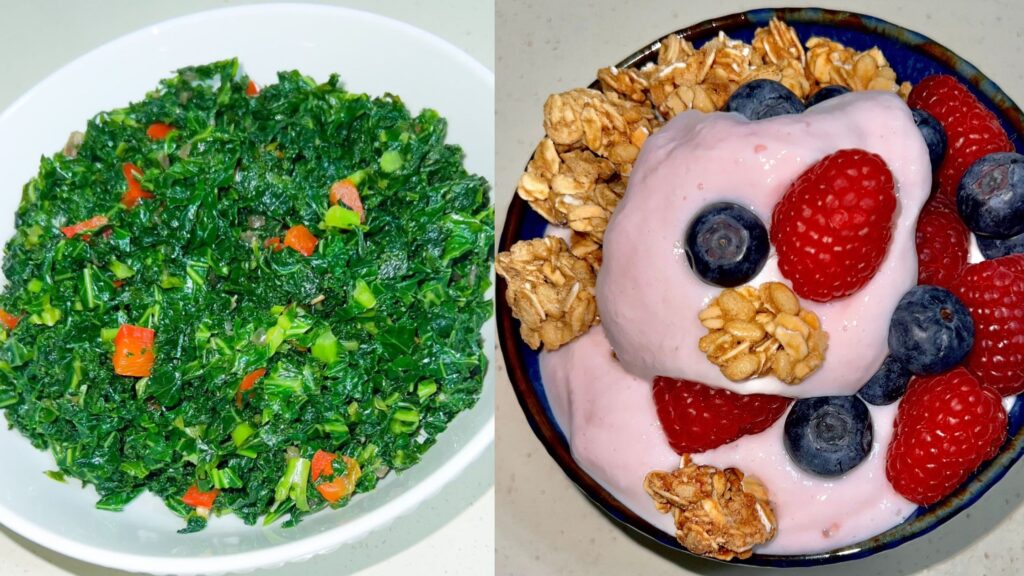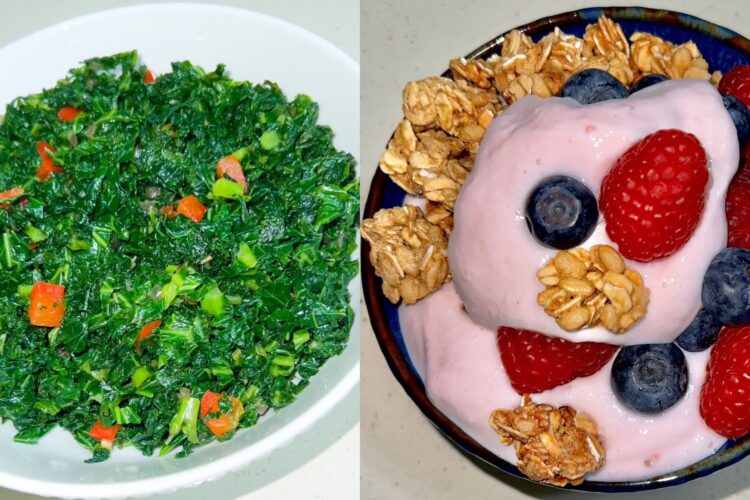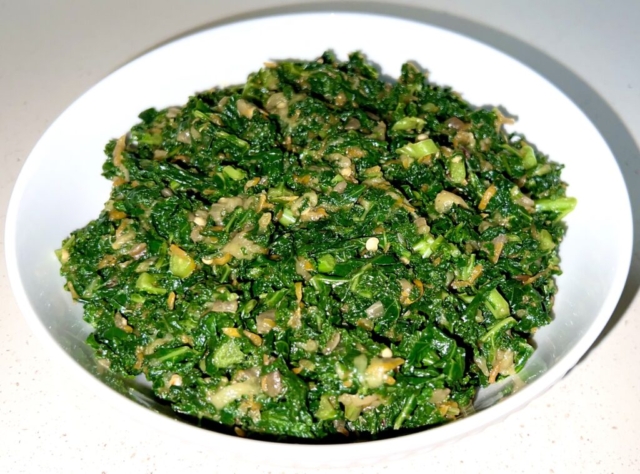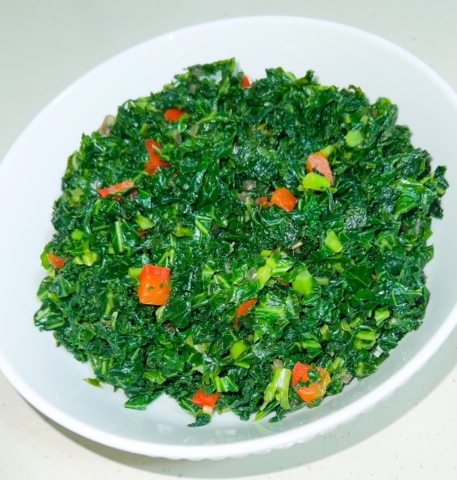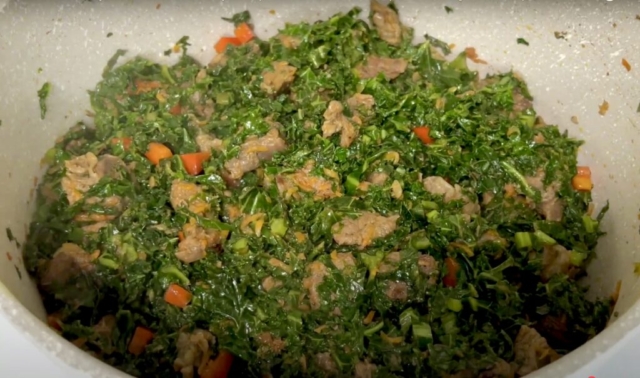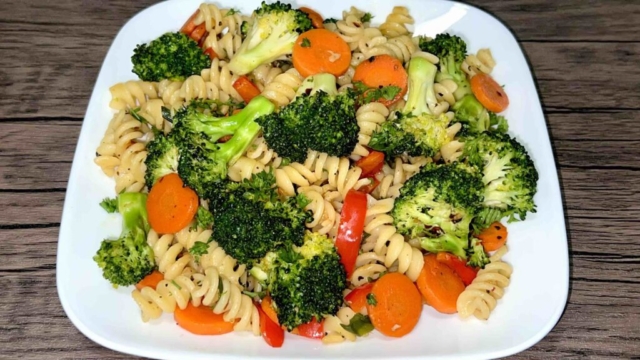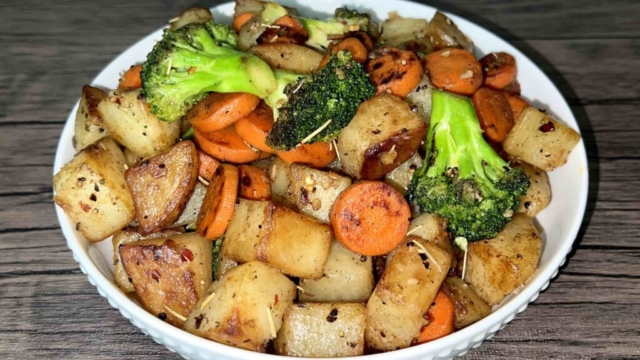This post may contain affiliate links, which means I may receive a commission from purchases made through the links.
Calcium is often celebrated as the fundamental element for strong bones and teeth, but its importance stretches far beyond the skeletal system. This essential mineral plays a critical role in muscle function, nerve transmission, hormone secretion, and blood clotting. A deficiency can lead to brittle bones, muscle cramps, and even heart complications. Despite its importance, many people fall short of the recommended daily calcium intake. Incorporating calcium-rich foods into your diet is a natural and effective way to maintain overall health. In this article, we explore the top 20 calcium-packed foods, highlighting their benefits, nutritional profiles, and why they deserve a spot in your regular diet.
Disclaimer: The contents of this article are a result of personal research. This article offers you suggestions on calcium-packed foods but is not meant to give medical or nutritional advice. Please consult your health providers for such guidance.
1. Dairy Milk
Rich in easily absorbable calcium, dairy milk is a classic source for bone health. One cup provides around 300 mg of calcium, supporting bone density and muscle function. It’s also an excellent source of protein, vitamin D, and potassium, which collectively enhance calcium absorption and contribute to overall health.
2. Yogurt
Yogurt delivers about 400 mg of calcium per cup. Rich in probiotics, yogurt also supports gut health, boosts immunity, and improves digestion. Greek yogurt, in particular, offers a higher protein content while still being a significant source of calcium.
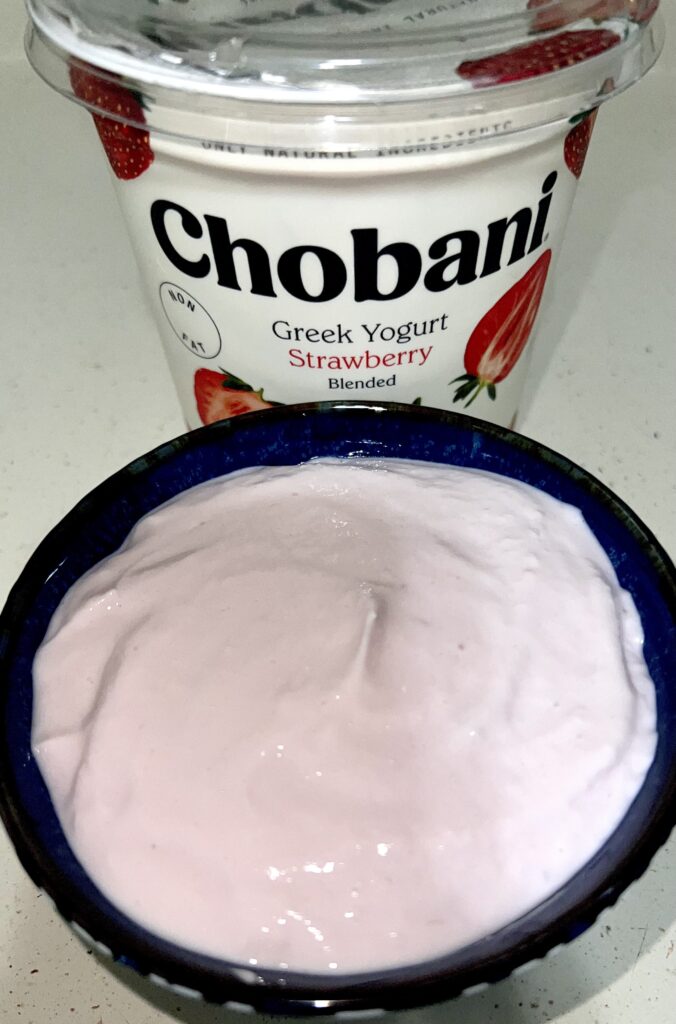
3. Cheese
Cheddar, mozzarella, and parmesan are calcium-rich options. Parmesan tops the list with over 330 mg of calcium per ounce, promoting strong bones and teeth. Additionally, cheese is a good source of protein and healthy fats, which help maintain muscle mass and satiety.
4. Kale
This leafy green offers about 180 mg of calcium per cup and is packed with antioxidants that reduce inflammation. Kale is also rich in vitamin K, which plays a crucial role in bone metabolism and calcium utilization. My favorite kale recipes are: Sauteed kale with eggplant and carrots, plain sauteed kale, and one-pot kale and beef.
5. Broccoli
A cruciferous vegetable rich in calcium (about 45 mg per cup) and vitamin K, essential for bone metabolism. Broccoli also contains high levels of vitamin C and fiber, promoting immune health and digestive wellness. There are many ways to enjoy broccoli, from eating it raw to steaming, sautéing, roasting, and even adding it to soups and stews. Check out my recipes for broccoli with pasta, and broccoli with potatoes.
6. Almonds
One ounce of almonds provides around 76 mg of calcium along with healthy fats, fiber, and protein, making them a perfect snack for heart health and bone strength. They also contain magnesium, which works synergistically with calcium to support bone health. Simply munch on roasted almonds or add them to your cakes or cookies. Sliced almonds are often an awesome addition to baked goods.
7. Tofu
Firm tofu, made with calcium sulfate, offers an impressive 253 mg of calcium per half-cup serving, supporting bone density and muscle function. It is also a complete protein source, making it an excellent choice for vegetarians and vegans. I love tofu very much for its versatility and smooth texture. Here’s one way I like to make it, tofu with crunchy vegetables.
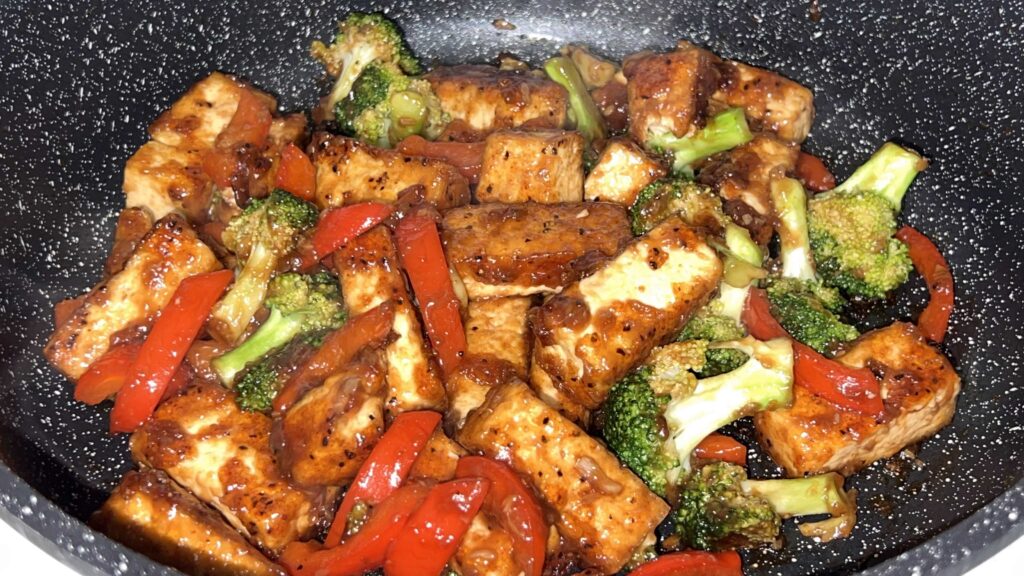
8. Sardines
With edible bones, sardines pack about 325 mg of calcium per 3-ounce serving, alongside omega-3 fatty acids and vitamin D. These nutrients work together to enhance calcium absorption and support heart and brain health. Pictured below is a stew of omena, tiny freshwater fish that are also known as the Lake Victoria sardines. A staple in East Africa, and equally packed with calcium. Here’s my recipe for omena stew.
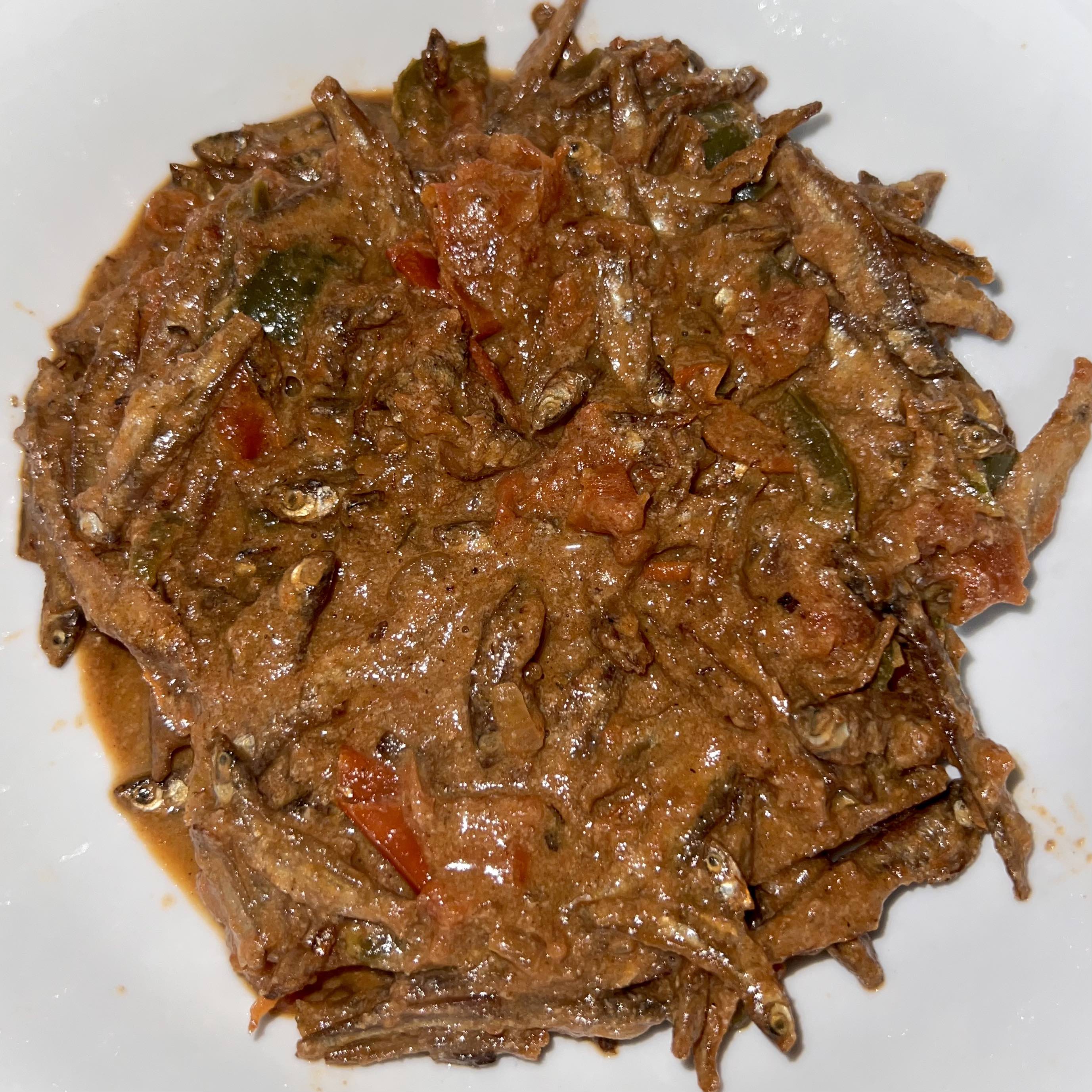
9. Salmon
Salmon, especially canned salmon with bones, contains about 232 mg of calcium per 3 ounces, making it a heart-healthy, bone-strengthening option. It’s also rich in omega-3 fatty acids and vitamin D, which are crucial for cardiovascular and bone health.
Canned salmon with bones comes ready to eat, which is super convenient. Here are a few ideas on how to incorporate it into various dishes:
- In a salad: Add canned salmon to a leafy green salad, add a few crunchy vegetables, and drizzle some dressing! So yummy, filling, and healthy.
- In a sandwich: Layer up the salmon with lettuce and tomato slices in your favorite sandwich bread.
- On toast: Spread mashed salmon on toast and add any other favorites of yours.
- In pasta: Mix the salmon into cooked pasta with garlic, vegetables, and herbs.
- Dip or spread: Mash the salmon with cream cheese or mayonnaise for a simple dip.
- In a casserole: Incorporate the salmon into a casserole with other vegetables and cheese.
10. Chia Seeds
Just two tablespoons of chia seeds provide 179 mg of calcium, along with fiber and omega-3 fatty acids for heart and digestive health. Chia seeds also expand in liquid, promoting satiety and aiding in weight management. If you’re looking for help on how to best eat chia seeds, I have a whole article on that. Please read it here.
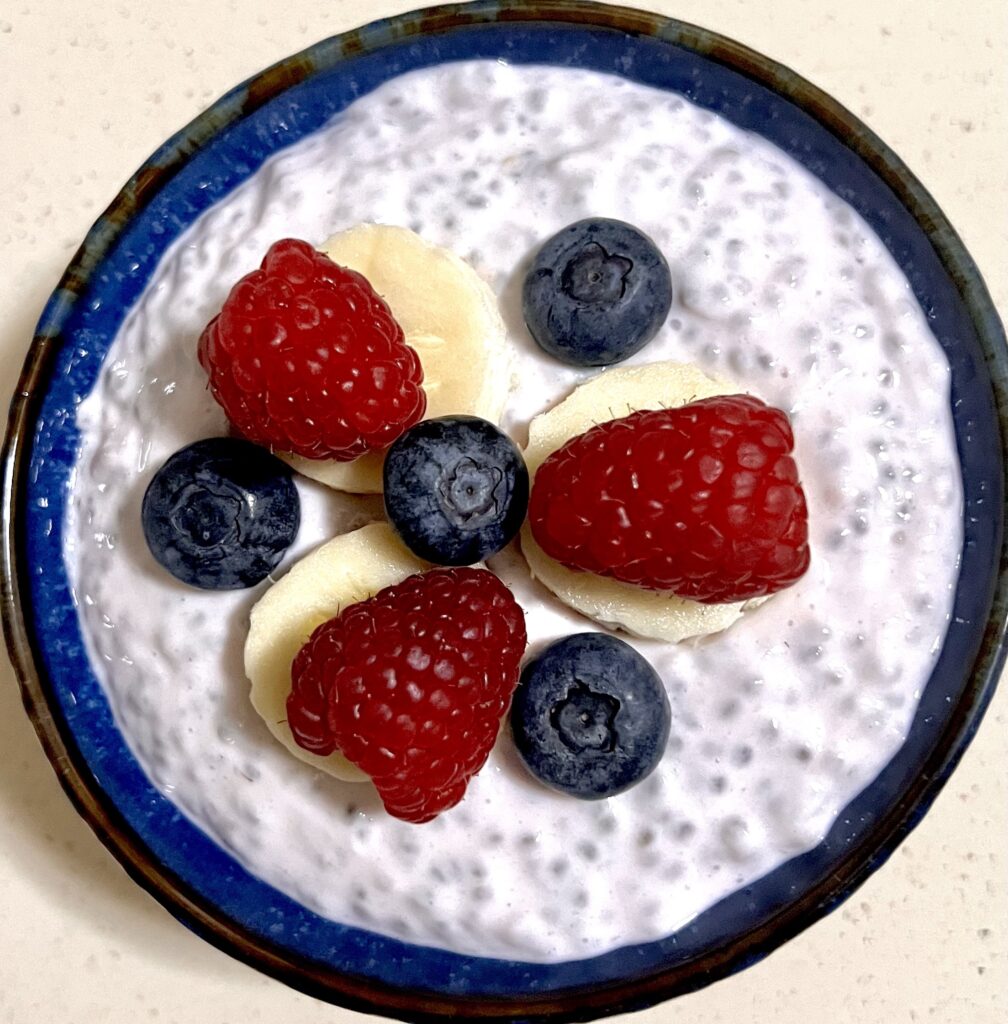
As we move on to the second half of the article to uncover more calcium-packed foods, please consider checking out my affiliate links below. Purchasing any item you may need through these links would help support this blog. I will earn commissions at no additional cost to you. Thank you very much!
My Amazon Affiliate Links
- Masterclass Cookware Set (Non-stick): https://amzn.to/3AeB02M
- Pioneer Woman Complete Kitchen Set: https://amzn.to/4cl8lXg
- Blue Diamond Cookware Set (Non-stick): https://amzn.to/3LZjr9s
- ProCoat Non-stick frying pan: https://amzn.to/3XacJEl
- Wooden spoons: https://amzn.to/3YBuDRp
- Bamboo cutting boards set: https://amzn.to/3YLL1ip
- Pioneer Woman knives set: https://amzn.to/3AjRkQ5
11. Figs
Dried figs offer about 241 mg of calcium per cup and are a sweet source of fiber and antioxidants. Their natural sugars provide a quick energy boost, while their fiber content supports digestive health.
12. White Beans
A cup of cooked white beans contains around 161 mg of calcium, plus protein and fiber that support muscle and digestive health. They are also a good source of iron and folate, essential for energy production and cell growth.
13. Okra
This unique vegetable offers about 82 mg of calcium per cup and aids digestion with its high fiber content. Okra is also rich in antioxidants, which help reduce inflammation and protect against chronic diseases. Cook okra alone or add it to meat stews and soups.
14. Fortified Plant-Based Milks
Almond, soy, and oat kinds of milk are often fortified with calcium, offering up to 450 mg per cup, catering to lactose-intolerant individuals. Many fortified plant-based milks also include vitamin D, which aids calcium absorption.
15. Fortified Cereals
Many breakfast cereals are fortified with calcium, providing an easy, quick way to meet daily requirements. Pairing fortified cereals with milk or plant-based alternatives can significantly boost your calcium intake.
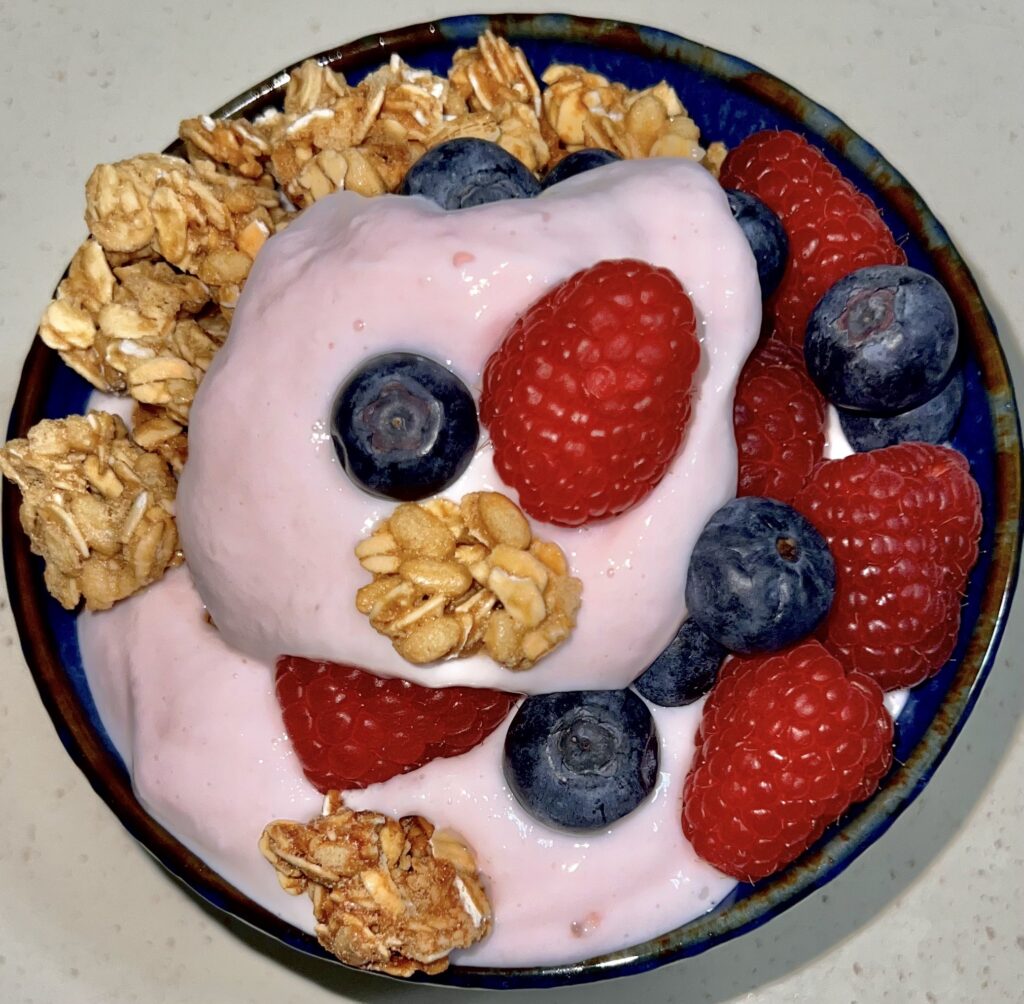
16. Sesame Seeds
One tablespoon of sesame seeds delivers about 88 mg of calcium. They’re also rich in magnesium and healthy fats, supporting bone health. Sprinkling sesame seeds on salads, stir-fries, or yogurt is an effortless way to boost calcium intake. In East Africa, we also make roasted sesame seed butter and use it as an ingredient in traditional stews and soups, and as a bread spread.
17. Edamame
A cup of cooked edamame provides about 98 mg of calcium, along with protein, fiber, and essential vitamins. This plant-based protein is also rich in isoflavones, which have been shown to support bone health and reduce inflammation.
18. Oranges
One medium orange offers about 65 mg of calcium and is packed with vitamin C, which boosts calcium absorption. Fortified orange juice is an even richer source, providing up to 350 mg per cup.
19. Seaweed
Varieties like wakame and kelp are calcium-rich, with up to 126 mg per cup, and also supply iodine for thyroid health. Seaweed is also a low-calorie source of antioxidants, vitamins, and minerals.
20. Rhubarb
Last but not the least on this list of calcium-packed foods is rhubarb. Despite its oxalate content, rhubarb provides about 105 mg of calcium per cup and is a tangy addition to desserts and jams. Its high fiber content also supports digestive health.
Conclusion
Calcium is more than just a bone builder—it’s a key player in maintaining a strong, healthy body. From supporting muscle function and nerve transmission to aiding blood clotting and hormone secretion, calcium’s role in our health is vast. By diversifying your diet with these 20 calcium-packed foods, you ensure a steady intake of this vital mineral while also benefiting from an array of other nutrients. While doing so, it’s essential to remember that calcium absorption depends on other nutrients like vitamin D and magnesium. Pairing calcium-rich foods with sources of these nutrients can maximize their benefits. Moreover, maintaining a balanced diet, staying active, and avoiding excessive caffeine and sodium intake can further support bone health.
Thank you for reading up to this point. Please consider checking out my affiliate links below. Purchasing any item you may need through these links would help support this blog. I will earn commissions at no additional cost to you. Thank you very much!
My Amazon Affiliate Links
- Masterclass Cookware Set (Non-stick): https://amzn.to/3AeB02M
- Pioneer Woman Complete Kitchen Set: https://amzn.to/4cl8lXg
- Blue Diamond Cookware Set (Non-stick): https://amzn.to/3LZjr9s
- ProCoat Non-stick frying pan: https://amzn.to/3XacJEl
- Wooden spoons: https://amzn.to/3YBuDRp
- Bamboo cutting boards set: https://amzn.to/3YLL1ip
- Pioneer Woman knives set: https://amzn.to/3AjRkQ5
